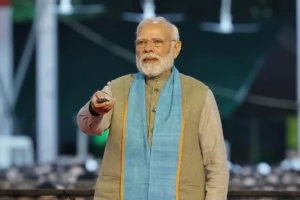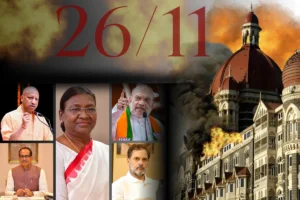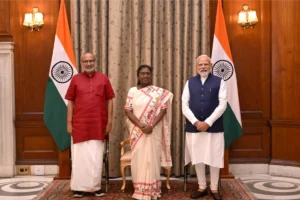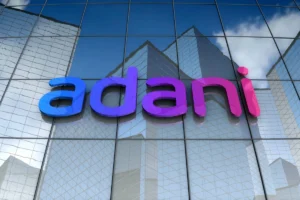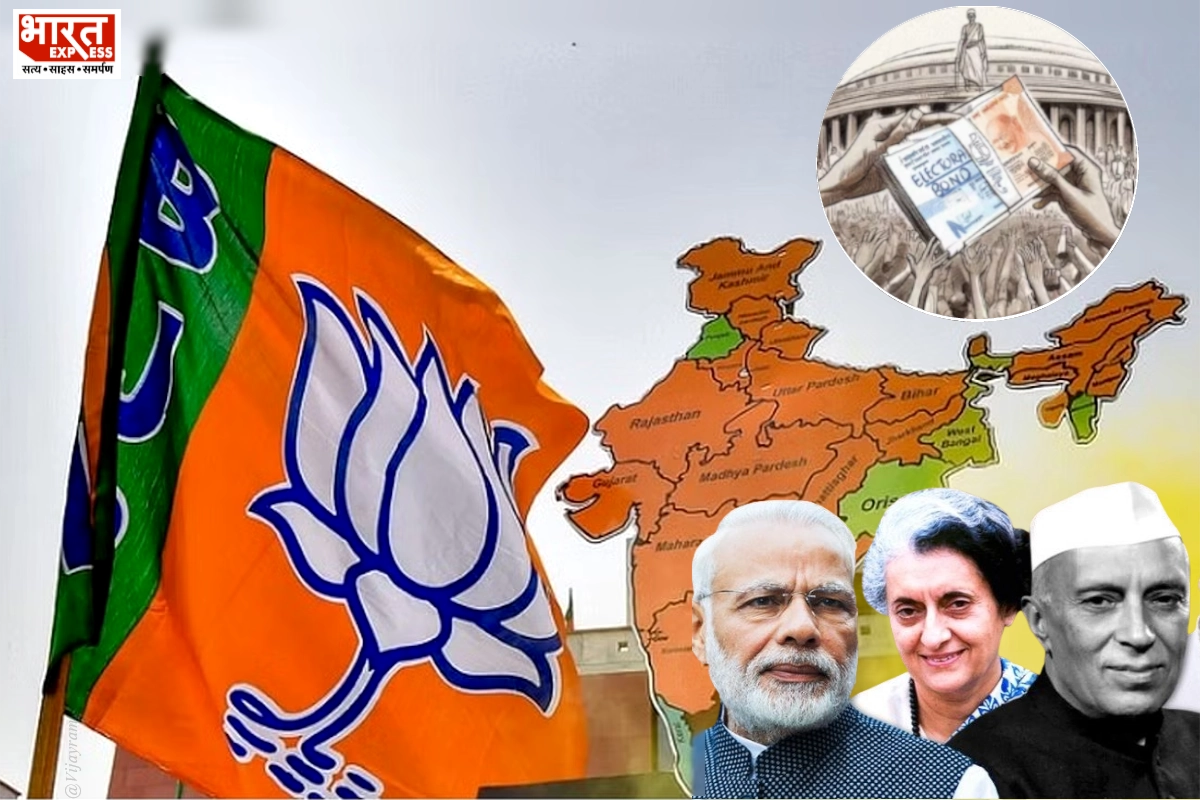
Electoral bonds of political parties are in discussion.
In India’s political scene, the Bharatiya Janata Party (BJP) is a major player, especially noted for winning elections. Recently, critics have raised concerns and suspicions around its electoral bond funding. To understand why the BJP gets so much financial support, we need to look at India’s political history. This journey takes us through the BJP’s rise, historical events, and the connection between political power and money. We’ll explore how things have changed from the time when one party, like the Congress, ruled alone to later periods with multiple parties working together. This story helps us see how political funding in India has evolved alongside the ups and downs of democracy.
The BJP’s prominence is undeniable, holding power in 17 states and poised for a historic third consecutive term at the center. The party’s dominance is reflected in the Lok Sabha, where the gap between the BJP and the second-largest party is more than 250 seats. It’s only natural that such a political powerhouse would attract a lion’s share of political funding.
This scenario echoes historical instances when the Congress party held sway over Indian politics. A notable episode occurred in 1961 when C. Rajagopalachari approached industrialist J. R. D. Tata, urging him to support the newly formed Swatantra Party. At that time, the Tata family had long been patrons of the Congress, but J. R. D. Tata, acknowledging the importance of a robust opposition, decided to fund Swatantra alongside the Congress.
In a letter to Prime Minister Jawaharlal Nehru, J. R. D. Tata articulated his concerns about the absence of an organized democratic opposition. While appreciating the stability provided by the single-party regime, Tata foresaw the inherent risks in a prolonged dominance. He emphasized the necessity of constructive opposition to prevent individuals from either turning to extremism or retreating into political oblivion. Interestingly, Nehru responded courteously to Tata’s letter, respecting his decision while defending the Congress party’s policies. This historical exchange raises intriguing parallels with the present situation, where the BJP mirrors the dominance once wielded by the Congress.
One pivotal period in Indian political history was the Emergency imposed by then-Prime Minister Indira Gandhi in 1975. This dark chapter witnessed a suspension of democratic rights and widespread suppression of political opposition. During this time, the Congress party, under Gandhi’s leadership, wielded unprecedented power, leaving little room for a meaningful opposition. The excesses of this period underscored the dangers of unchecked dominance, reinforcing the idea that a vibrant democracy hinges on a robust opposition.
As the political pendulum swung, the 1980s marked a turning point with the emergence of coalition politics. The era of single-party dominance began to wane, paving the way for diverse alliances. This shift brought forth a new dimension to political funding, as parties needed to navigate intricate negotiations and alliances to secure financial support. The BJP, then in its nascent stage, experienced the challenges of garnering funds in a multi-party system, emphasizing the evolving nature of political funding in India.
Fast-forward to the 1990s, a period marked by economic liberalization and the advent of coalition governments. The rise of regional parties further diversified the political landscape, altering the dynamics of political funding. Industrialists and donors found themselves navigating a complex web of alliances, contributing to a more distributed funding scenario. The BJP, adapting to these changes, demonstrated resilience by forging alliances and securing financial support from diverse quarters.
The turn of the millennium witnessed the BJP’s ascent to power at the center. The Vajpayee-led government’s successful economic policies and diplomatic initiatives garnered international acclaim. This period also saw the party consolidating its electoral base, further solidifying its position as a political force. With the rise of the BJP, political funding patterns mirrored the party’s growing influence, with increased contributions from various sources, including corporate entities and individuals aligned with the party’s ideology.
In the context of electoral bonds, introduced in 2017 as a means of transparent political funding, the BJP’s substantial share can be attributed to its widespread appeal and extensive reach. However, critics argue that the anonymity provided by electoral bonds raises concerns about transparency and accountability. The historical context sheds light on the evolving nature of political funding mechanisms and the challenges faced by successive governments in striking a balance between financial support and democratic values.
In the contemporary context, Prime Minister Narendra Modi’s BJP has emerged as a formidable force, reminiscent of the hegemony displayed by Nehru’s Congress in its heyday. However, the critical question remains: who has the charisma, staying power, and courage to lead a credible, non-sectarian, and preferably non-dynastic opposition to the BJP? Drawing on Rajaji’s insights from 1961, it becomes evident that a robust democracy requires a strong opposition. Instead of lamenting the BJP’s substantial political funding, it is essential to recognize that any party enjoying widespread popularity and instilling hope will naturally attract more financial support and personnel.
The historical context provided by the Tata/Nehru correspondence offers a thought-provoking perspective on the cyclical nature of political dominance in India. As the nation grapples with the challenges of a one-party-dominant system, the importance of fostering a resilient opposition cannot be overstated. The onus lies on individuals, political leaders, and industrialists alike to uphold the democratic spirit by supporting a diverse political landscape that encourages healthy debate and constructive opposition.
It is essential to acknowledge that the BJP’s dominance in political funding is a reflection of its electoral success and popularity. However, this should not overshadow the need for a vibrant and effective opposition. The lessons from historical episodes, such as the Emergency and the era of coalition politics, underscore the importance of checks and balances to safeguard the democratic fabric of the nation.
As India navigates the complexities of a one-party-dominant system, stakeholders across the political spectrum, civil society, and the business community must actively contribute to nurturing a thriving democracy. The echoes of the past remind us that sustaining a healthy political ecosystem requires continuous vigilance, adaptability, and a commitment to the core principles of democratic governance.








